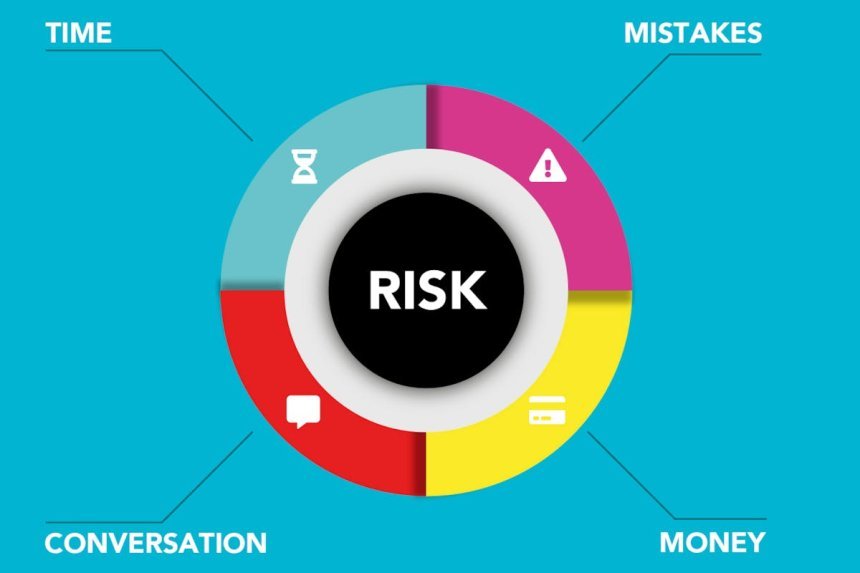What is decision making in organizations?
Decision-making involves choosing an action plan and evaluating all possible alternatives, always seeking to reach the best solution for the issue being analyzed.

Before finding out what decision-making is in organizations, let's ask you a question: do you consider yourself a decisive person?
In a survey carried out by DOW , 67% of managers identify themselves in this way. However, in the corporate environment, it takes more than confidence and pragmatism to make a decision. It is necessary to analyze scenarios, consider possibilities, use accurate data as a basis and project impacts.
If you want to understand a little more about what decision-making is in organizations and how this process works, continue reading our article and find out everything!
What is decision making?
We can define decision-making in organizations as a process of choosing which paths to follow when faced with a strategic or important situation.
Decision-making involves choosing an action plan and evaluating all possible alternatives, always seeking to reach the best solution for the issue being analyzed.
In general, understanding what decision-making is also involves understanding that it rarely happens individually. Even though, in the end, the manager has the final say, he consults and relies on professionals involved in the problem being analyzed.
We can therefore say that the decision-making process is continuous and dynamic, and that it permeates several areas of the organization. Its general objective is to maintain the sustainability of the business, ensuring its proper functioning at all administrative and operational levels.
What are the main types of decision making?
There are different decision-making profiles, and often, before deciding which path to follow, leadership uses different models to mature the possibilities and consider different views of the issue.
Some of the decision-making formats are listed below.
Intuitive
It does not take into account in-depth analysis or measurable data, only the feeling that can take into account logical and rational aspects.
In a business context, intuitive decisions are almost never advisable. Since it is an environment with multiple variables and autonomous processes, it is always advisable to check the points of view of the different areas and cross them in search of an intersection that helps to define the path to follow in decision-making.
Therefore, we can say that, in corporations, intuitive decision-making occurs in the face of emergency and unforeseen situations.
Press conferences
Unlike the modality above, in which individuality and intuition are the main attributes of decision-making, here, the collective counts.
In this case, meetings and debates are held with the participation of employees and area managers, who present reports and data compilations that help define a path to follow in the organizations' decision-making process .
What are the steps in the decision-making process?
Management is a complex activity that involves the optimized use of the company's resources, monitoring and controlling processes, and maintaining the financial health of the business.
And do you know how a company achieves all this? Being aware of the steps involved in the decision-making process and understanding what it is! We shall discuss each of them in brief below.
1- Identify the problem
The initial stage requires a careful look at how the company operates. Only then will it be possible to have a complete understanding of the problem, which areas it affects and its complexity.
2- Collect the data
After understanding the problem, it is time to gather data and information that will help in decision-making: reports, graphs, monthly analyses, spreadsheets, sales KPIs and employee testimonials about how the routine works are some of the possibilities.
3- Analyze the information
An important tip is to always take into account the company's reality and its market context. Many times, a plan may seem excellent, but the decision is not applicable in practice due to the market in which the company operates.
Choosing the best solution
It's time to select the best alternative after you have created the solutions. It is crucial to look for answers to a few questions in order to ascertain this, including:
- What is the ideal deadline to implement the solution?
- What will be the impacts of decision making?
- What is needed, in terms of resources, to execute the decision?
- Why is this the best option among the others?
5- Execute and monitor results
Once you have chosen your option, it is time to start implementing it! In addition to putting it into practice, the trick is to establish indicators to monitor the results . This way, it is possible to understand whether the decision made was assertive and how long it took to bring positive (or negative) impacts to the company.
How important is it to make assertive decisions?
It is essential to know how to make informed decisions. The main advantage of making assertive decisions is being able to predict their consequences for the company, reducing negative impacts.
Assertive decisions make the company move, maintaining a flow of constant evolution, and bring with them impacts such as:
- strategic direction of the business;
- safety for the team;
- integration between sectors;
- satisfactory results;
- better productivity for the company .
The importance of data in decision making
Data is the most modern and up-to-date tool for corporations that want to better understand themselves, their customers, the market and even their competitors.
Fortunately, there are alternatives available on the market to make data analysis an increasingly present reality in companies' routines.
One of these alternatives is automation.
If you still don't know what automation is , let us explain: it is a completely digital tool for making some company processes automatic and pre-programmed. There are several types of task automation available on the market: marketing, sales, finance and even logistics.
The most important thing is to understand that, through automation software , it is possible to extract updated and highly accurate data about the company's processes, and that, in this way, decision-making can be more detailed and technically based.
Share
What's Your Reaction?
 Like
0
Like
0
 Dislike
0
Dislike
0
 Love
0
Love
0
 Funny
0
Funny
0
 Angry
0
Angry
0
 Sad
0
Sad
0
 Wow
0
Wow
0













